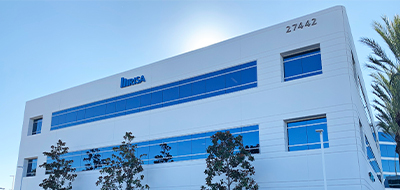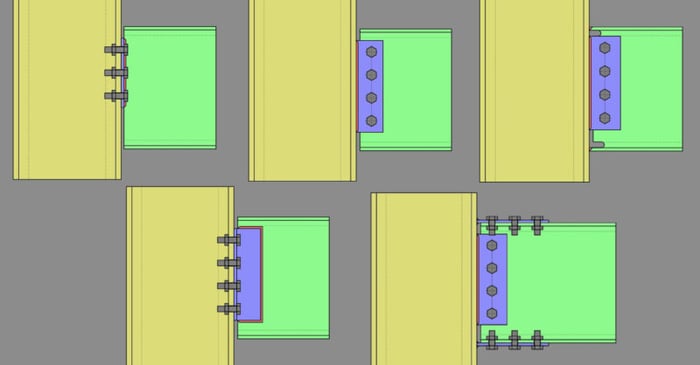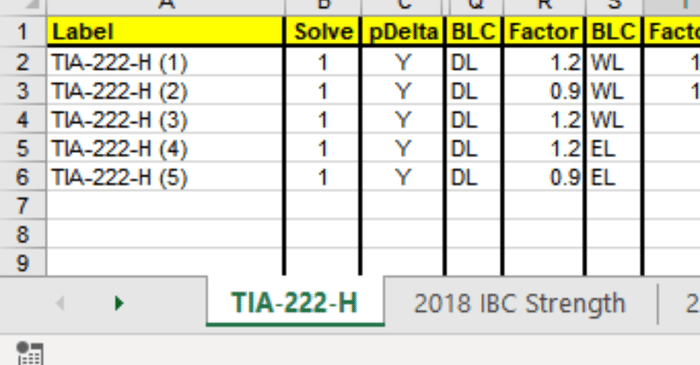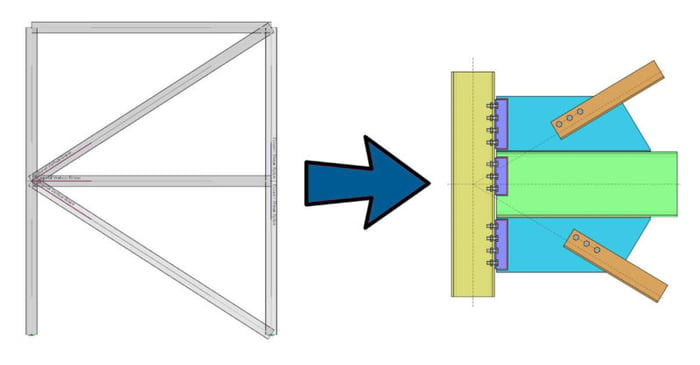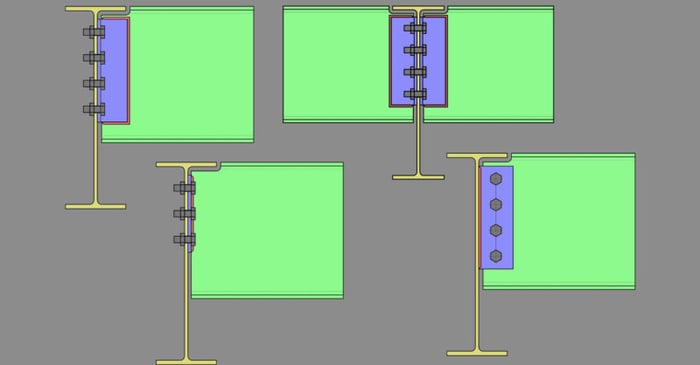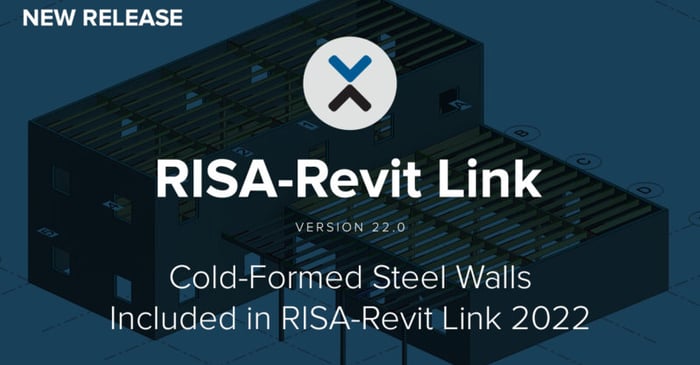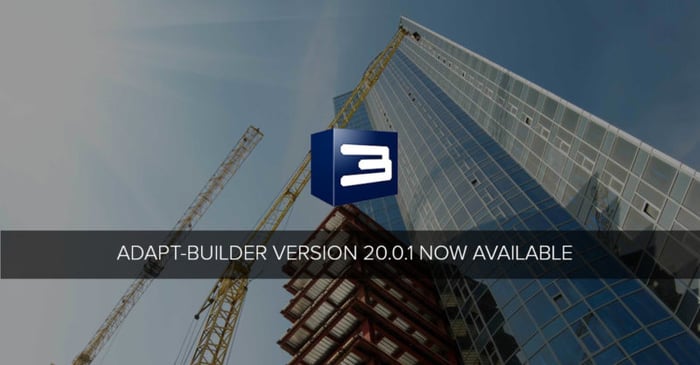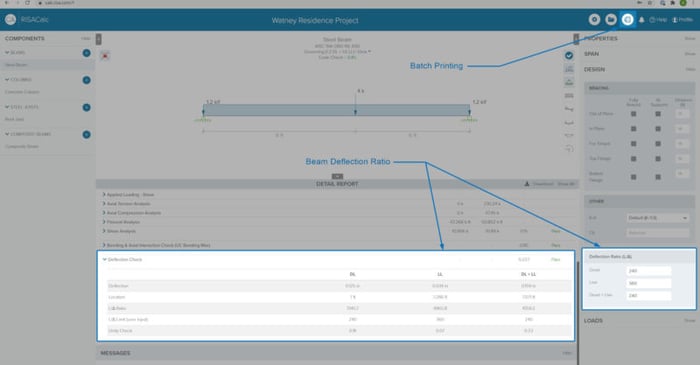
October 21, 2021
RISA Employee Spotlight: Gabrielle Brisco
Gabrielle Brisco is a Product Design Engineer at RISA and has been with the company since December 2017. After receiving a BS in Civil Engineering from the University of California, Irvine and a MS in Civil Engineering from UCLA, she worked in the telecommunication industry for Tectonic...



